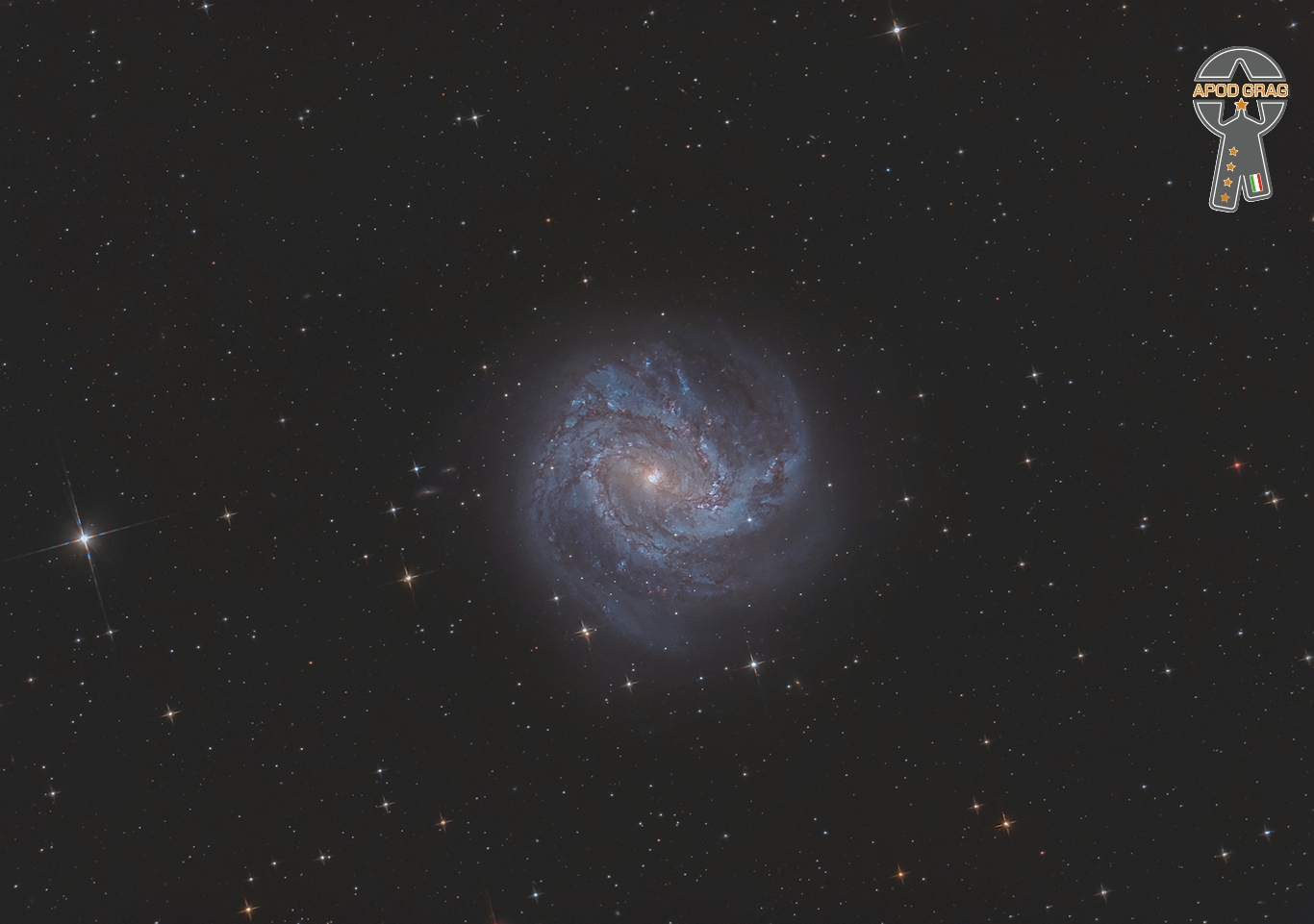Blog
William Henry Marcus Miller Jr. (born June 14, 1959) is an American musician, songwriter, and record producer. He is best known for his work as a bassist. He has worked with trumpeter Miles Davis, pianist Herbie Hancock, singer Luther Vandross, and saxophonist David Sanborn, among others. He was the main songwriter and producer on three of Davis’ albums: Tutu (1986), Music from Siesta (1987), and Amandla (1989). His collaboration with Vandross was especially close; he co-produced and served as the arranger for most of Vandross’ albums, and he and Vandross co-wrote many of Vandross’ songs, including the hits “I Really Didn’t Mean It“, “Any Love“, “Power of Love/Love Power” and “Don’t Want to Be a Fool“. He also co-wrote the 1988 single “Da Butt” for Experience Unlimited.
William Henry Marcus Miller Jr. was born in the Brooklyn borough of New York City on June 14, 1959. He grew up in a musical family; his father, William Miller, was a church organist and choir director. Through his father, he is the cousin of jazz pianist Wynton Kelly. He became classically trained as a clarinetist and later learned to play keyboards, saxophone, and guitar.
more...Jules Shungu Wembadio Pene Kikumba (14 June 1949 – 24 April 2016), known professionally as Papa Wemba , was a Congolese singer and musician who played Congolese rumba, soukous, and ndombolo. Dubbed the “King of Rumba Rock”, he was one of the most popular musicians of his time in Africa and played an important role in world music. He was also a fashion icon who popularized the Sape look and style through his musical group Viva la Musica, with whom he performed on stages throughout the world.
Papa Wemba’s road to fame and prominence began when he joined the music group Zaiko Langa Langa in the late 1960s. This was followed by his success as a founding member both of Isifi Lokole and then Yoka Lokole, along with a short stint as a member of Afrisa International for a few months. During these early stages of his career, he was establishing a style that included traditional Congolese rumba and soukous, infused with traditional African sounds, Caribbean rhythms, rock and soul. But Wemba gained international success and status with his band Viva La Musica, especially after he took them to Paris, France in the early 1980s. It was there that Wemba was able to achieve more of an “eclectic sound” in his work, influenced by western popular music that reflected a European flavor and style, referred to as “Europop.
more...Rodney Terence Argent (born 14 June 1945) is an English musician. In a career spanning more than 50 years, Argent came to prominence in the mid-1960s as the keyboardist, founder and leader of the rock band the Zombies, and went on to form the band Argent after the first break-up of the Zombies.
Argent is one of the main composers of the Zombies’ music and made major lyrical contributions to the band’s songs. As the band’s keyboardist he used a variety of instruments, including Hohner Pianet, Mellotron, harpsichord, and organ.
In addition to his work with the Zombies and Argent, Argent has made music for television series, been a session musician, produced albums by other artists, and had a solo career which has included three studio albums: Moving Home, Red House, and Classically Speaking. Argent was inducted into the Rock and Roll Hall of Fame as a member of the Zombies in Brooklyn in March 2019.
more...Autry DeWalt Mixon Jr. (June 14, 1931 – November 23, 1995), known professionally as Junior Walker, was an American multi-instrumentalist (primarily saxophonist) and vocalist who recorded for Motown during the 1960s. He also performed as a session and live-performing saxophonist with the band Foreigner during the 1980s.
Walker was born Autry DeWalt Mixon Jr. on June 14, 1931, in Blytheville, Arkansas, but grew up in South Bend, Indiana. He began playing saxophone while in high school, and his saxophone style was the anchor for the sound of the bands he later played in.
His career started when he developed his own band in the mid-1950s as the Jumping Jacks. His longtime friend and drummer Billy Nicks (1935–2017) formed his own group, the Rhythm Rockers. Periodically, Nicks would sit in on Jumping Jack’s shows, and Walker would sit in on the Rhythm Rockers shows.
more...Messier 83 or M83, also known as the Southern Pinwheel Galaxy and NGC 5236, is a barred spiral galaxy approximately 15 million light-years away in the constellation borders of Hydra and Centaurus. Nicolas-Louis de Lacaille discovered M83 on 23 February 1752 at the Cape of Good Hope. Charles Messier added it to his catalogue of nebulous objects (now known as the Messier Catalogue) in March 1781.
It is one of the closest and brightest barred spiral galaxies in the sky, and is visible with binoculars. It has an isophotal diameter at about 36.24 kiloparsecs (118,000 light-years). Its nickname of the Southern Pinwheel derives from its resemblance to the Pinwheel Galaxy (M101).

Uriel Jones (June 13, 1934 – March 24, 2009) was an American musician. Jones was a recording session drummer for Motown‘s in-house studio band, the Funk Brothers, during the 1960s and early 1970s.
Jones was first hired by Motown as a fill-in for principal drummer Benny Benjamin; along with Richard “Pistol” Allen, he moved up the line as recordings increased and Benjamin’s health deteriorated. Hits that Jones played drums on include “Ain’t No Mountain High Enough” – both versions, by Marvin Gaye & Tammi Terrellin 1967 and the 1970 remake by Diana Ross, “I Heard It Through the Grapevine” and “Ain’t That Peculiar” by Marvin Gaye, “Cloud Nine” (in which he was augmented by Spider Webb), “I Can’t Get Next to You“, and “Ain’t Too Proud to Beg” by the Temptations, “What Becomes of the Brokenhearted” by Jimmy Ruffin, Jr. Walker‘s “Home Cookin’,” “The Tracks of My Tears” and “I Second That Emotion” by Smokey Robinson & the Miracles, and “For Once in My Life” by Stevie Wonder. His influences included jazz drummer Art Blakey. For his Motown recordings, Jones performed on a studio set composed of Ludwig, Slingerland, Rogers and Gretsch components and possibly Zildjian cymbals. Jones became better known to music fans through his appearance in the feature documentary film, Standing in the Shadows of Motown. Motown arranger Paul Riser said of Jones that “Uriel’s drum sound was the most open and laid-back, and he was the funkiest of the three guys we had…He had a mixed feel and did a lot of different things well.”
more...Adolphus Anthony Cheatham, better known as Doc Cheatham (June 13, 1905 – June 2, 1997), was an American jazz trumpeter, singer, and bandleader. He is also the grandfather of musician Theo Croker.
Doc Cheatham was born in Nashville, Tennessee, United States, of African, Cherokee and Choctaw heritage. He noted there was no jazz music there in his youth; like many in the United States he was introduced to the style by early recordings and touring groups at the end of the 1910s. He abandoned his family’s plans for him to be a pharmacist (although retaining the medically inspired nickname “Doc”) to play music, initially playing soprano and tenor saxophone in addition to trumpet, in Nashville’s African American Vaudeville theater. Cheatham later toured in band accompanying blues singers on the Theater Owners Booking Association circuit. His early jazz influences included Henry Busse and Johnny Dunn, but when he moved to Chicago in 1924, he heard King Oliver. Oliver’s playing was a revelation to Cheatham. Cheatham followed him around. Oliver gave young Cheatham a mute, which Cheatham treasured and performed with for the rest of his career. A further revelation came the following year when Louis Armstrong returned to Chicago. Armstrong would be a lifelong influence on Cheatham, describing him as “an ordinary-extraordinary man.”
more...William M. “Wild Bill” Moore (June 13, 1918 – August 1, 1983) was an American R&B and jazz tenor saxophone player. Moore earned a modest hit on the Hot R&B charts with “We’re Gonna Rock, We’re Gonna Roll”, which also was one of the earliest rock and roll records according to some sources.
Moore was born in Detroit Michigan and began playing the alto saxophone at an early age. However, prior to his musical career, he was an amateur boxer, winning Michigan’s Golden Gloves light heavyweight championship in 1937, before briefly turning professional. By the early 1940s, Moore abandoned his boxing career in favor of music, and was inspired by musicians Chu Berry and Illinois Jacquet to switch to tenor saxophone. In 1944, he made his recording debut, accompanying Christine Chatman, the wife of Memphis Slim, for Decca Records. Between 1945 and 1947, Moore was performing and recording in Los Angeles with Slim Gaillard, Jack McVea, Big Joe Turner, Dexter Gordon, and played on Helen Humes’ hit recording, “Be-Baba-Leba”.
more...Attila Cornelius Zoller (June 13, 1927 – January 25, 1998) was a Hungarian jazz guitarist. After World War II, he escaped the Soviet takeover of Hungary by fleeing through the mountains on foot into Austria. In 1959, he moved to the U.S., where he spent the rest of his life as a musician and teacher.
Zoller was born in Visegrád, Hungary. As a child, he learned violin from his father, a professional violinist.While in school, he played flugelhorn and bass before choosing guitar. He dropped out of school and played in jazz clubs in Budapest while Russia occupied Hungary. He fled Hungary in 1948 as the Soviet Union was establishing communist military rule. He escaped on foot, carrying his guitar through the mountains into Austria. He settled in Vienna, became an Austrian citizen, and started a jazz group with accordionist Vera Auer.
more...The galaxy NGC 7292 billows across this image from the NASA/ESA Hubble Space Telescope, accompanied by a handful of bright stars and the indistinct smudges of extremely distant galaxies in the background. It lies around 44 million light-years from Earth in the constellation Pegasus. This slightly dishevelled galaxy is irregular, meaning that it lacks the distinct spiral arms of galaxies like the Whirlpool Galaxy or the smooth elliptical shape of galaxies like Messier 59. Unusually, its core is stretched out into a distinct bar, a feature seen in many spiral galaxies. Alongside its hazy shape, NGC 7292 is remarkably faint. As a result, astronomers classify NGC 7292 as a low surface brightness galaxy, barely distinguishable against the backdrop of the night sky. Such galaxies are typically dominated by gas and dark matter rather than stars. Astronomers directed Hubble to inspect NGC 7292 during an observational campaign studying the aftermath of Type II supernovae. These colossal explosions happen when a massive star collapses and then violently rebounds in a catastrophic explosion that tears the star apart. Astronomers hope to learn more about the diversity of Type II supernovae they have observed by scrutinising the aftermath and remaining nearby stars of a large sample of historical Type II supernovae. NGC 7292’s supernova was observed in 1964 and accordingly given the identifier SN 1964H. Studying the stellar neighbourhood of SN 1964H helps astronomers estimate the initial mass of the star that went supernova, and could uncover surviving stellar companions that once shared a system with the star that would become SN 1964H. [Image Description: A galaxy fills up most of the frame from the right. It is fuzzy and diffuse, but made up of numerous tiny stars. In the core, the stars merge into a glowing bar shape. The gas and stars in the galaxy vary between warm and cool colours. They are spread over a large area, the colours mixing like clouds. The glow of the galaxy fades into a black background, with a few stars and small, distant galaxies.]

Marcus Batista Belgrave (June 12, 1936 – May 24, 2015) was an American jazz trumpet player from Detroit, born in Chester, Pennsylvania. He recorded with numerous musicians from the 1950s onwards. Belgrave was inducted into the class of 2017 of the National Rhythm & Blues Hall of Fame in Detroit, Michigan.
Belgrave was tutored by Clifford Brown before joining the Ray Charles touring band. Belgrave later worked with Motown Records, and recorded with Martha Reeves and the Vandellas, The Temptations, The Four Tops, Gunther Schuller, Carl Craig, Max Roach, Ella Fitzgerald, Charles Mingus, Tony Bennett, La Palabra, Sammy Davis Jr., Dizzy Gillespie, Odessa Harris and John Sinclair, plus more recently with his wife Joan Belgrave, among others.
more...Geri Antoinette Allen (June 12, 1957 – June 27, 2017) was an American jazz pianist, composer, and educator. She taught at the University of Michigan and the University of Pittsburgh.
Allen was born in Pontiac, Michigan, on June 12, 1957, and grew up in Detroit. “Her father, Mount Allen Jr, was a school principal, her mother, Barbara, a government administrator in the defence industry.” Allen was educated in Detroit Public Schools.[3] She started playing the piano at the age of seven, and settled on becoming a jazz pianist in her early teens.
Allen graduated from Howard University‘s jazz studies program in 1979. She then continued her studies: with pianist Kenny Barron in New York; and at the University of Pittsburgh, where she completed a master’s degree in ethnomusicology in 1982. After this, she returned to New York.
more...Armando Anthony “Chick” Corea (June 12, 1941 – February 9, 2021) was an American jazz composer, pianist, keyboardist, bandleader, and occasional percussionist. His compositions “Spain“, “500 Miles High“, “La Fiesta”, “Armando’s Rhumba”, and “Windows” are widely considered jazz standards. As a member of Miles Davis‘s band in the late 1960s, he participated in the birth of jazz fusion. In the 1970s he formed Return to Forever. Along with McCoy Tyner, Herbie Hancock, and Keith Jarrett, Corea is considered to have been one of the foremost jazz pianists of the post-John Coltrane era.
Corea continued to collaborate frequently while exploring different musical styles throughout the 1980s and 1990s. He won 27 Grammy Awards and was nominated more than 70 times for the award.
Armando Corea was born in Chelsea, Massachusetts on June 12, 1941, to parents Anna (née Zaccone) and Armando J. Corea. He was of southern Italian descent, his father having been born to an immigrant from Albi comune, in the Province of Catanzaro in the Calabria region. His father, a trumpeter who led a Dixieland band in Boston in the 1930s and 1940s, introduced him to the piano at the age of four.Surrounded by jazz, he was influenced at an early age by bebop and Dizzy Gillespie, Charlie Parker, Bud Powell, Horace Silver, and Lester Young. When he was eight, he took up drums, which would influence his use of the piano as a percussion instrument.
more...IC 2944, also known as the Running Chicken Nebula, the Lambda Centauri Nebula or the λ Centauri Nebula, is an open cluster with an associated emission nebula found in the constellation Centaurus, near the star λ Centauri. It features Bok globules, which are frequently a site of active star formation. However, no evidence for star formation has been found in any of the globules in IC 2944.Other designations for IC 2944 include RCW 62, G40 and G42.
The ESO Very Large Telescope image on the right is a close up of a set of Bok globules discovered in IC 2944 by astronomer A. David Thackeray in 1950. These globules are now known as Thackeray’s Globules. In 2MASS images, 6 stars are visible within the largest globule.

More Posts
- Little Sonny Day
- World Music with Mamar Kassey
- Daily Roots with Nicodemus
- The Cosmos with NGC 1027 and IC 1805
- Clifton Anderson Day
- Jimmy Blanton Day
- World Music with Miguel de los Reyes
- Daily Roots with Yami Bolo
- The Cosmos with SPX 1062
- Eddie Gomez Day
- Steve Swallow Day
- Leon Thomas Day
- World Music with Culture Musical Club & Bi Kidude
- World Music with Culture Musical Club & Bi Kidude
- Daily Roots with Miniman
- Rhythm Roots Workshop at PRI Minneapolis 10-3-18
- The Cosmos with W 40
- Stevie Ray Vaughn Day
- Von Freeman Day
- World Music with Noe Hernandez Cantarell